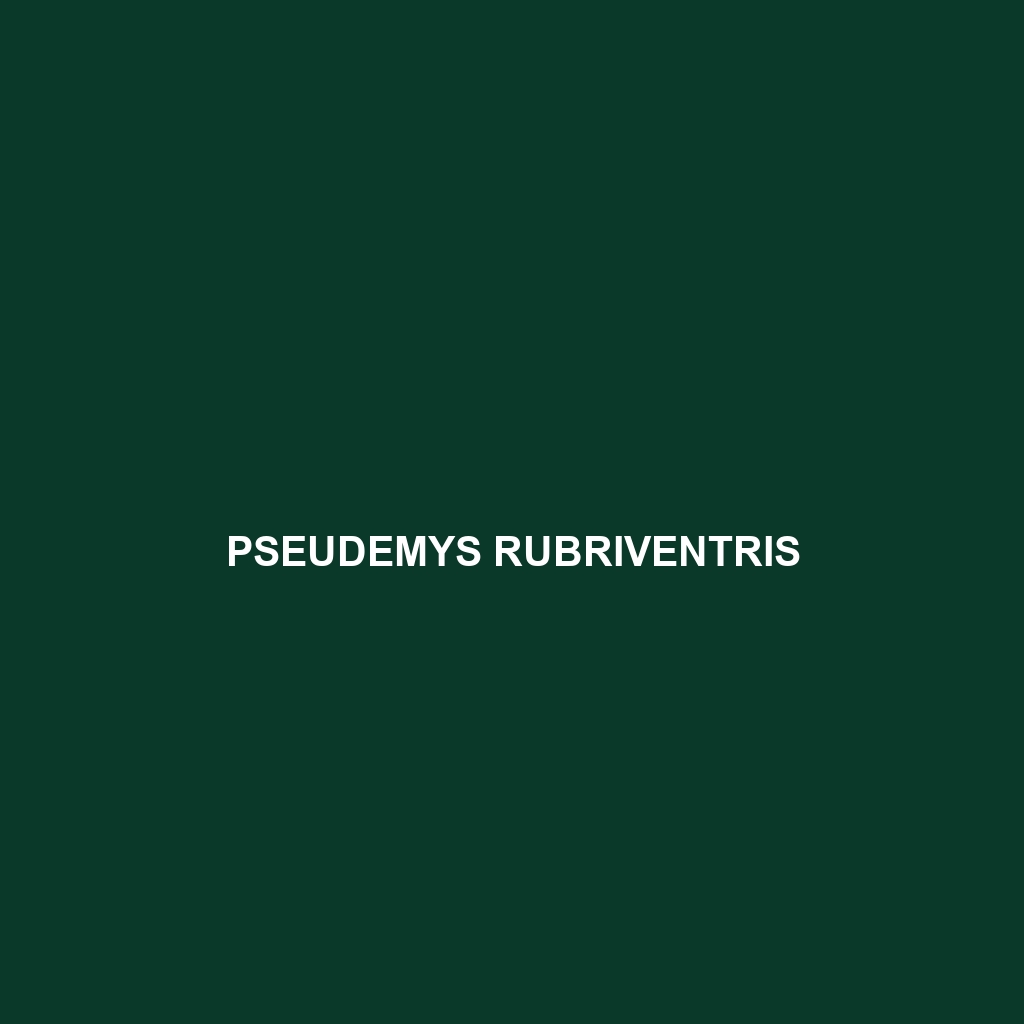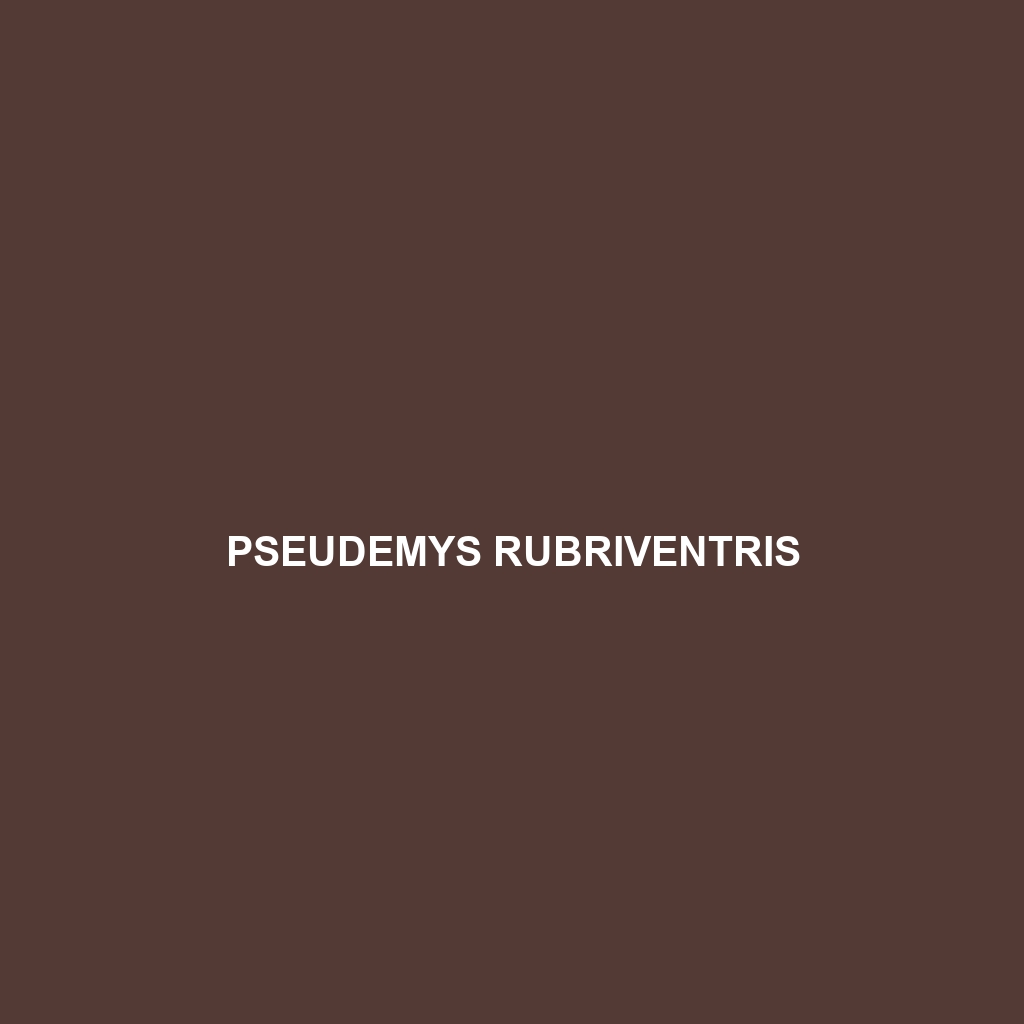The Pseudemys rubriventris, commonly known as the red-bellied cooter, is a remarkable freshwater turtle found in the southeastern United States, characterized by its vibrant red or orange plastron and a smooth, dark olive-brown carapace. This omnivorous species thrives in warm, slow-moving waters, playing a crucial role in maintaining ecological balance by regulating aquatic plant growth and contributing to nutrient cycling.
Tag: basking habits
Pseudemys rubriventris
The Pseudemys rubriventris, commonly known as the red-bellied cooter, is a remarkable freshwater turtle found in the southeastern United States, characterized by its vibrant red or orange plastron and a smooth, dark olive-brown carapace. This omnivorous species thrives in warm, slow-moving waters, playing a crucial role in maintaining ecological balance by regulating aquatic plant growth and contributing to nutrient cycling.
Liolaemus neuquensis
<p><b>Liolaemus neuquensis</b>, found in the temperate forests and savannas of Neuquén, Argentina, is a diurnal lizard measuring 10 to 15 cm, known for its distinctive dorsal scales and mottled coloration. This insectivorous species exhibits fascinating social behaviors and plays a crucial role in its ecosystem by controlling insect populations and serving as prey for larger animals.</p>
Laudakia melanura
Experience the unique Laudakia melanura, also known as the black-tailed agama, a fascinating lizard thriving in arid regions of Central Asia. With distinct coloration, exceptional climbing abilities, and a diverse diet mainly consisting of insects, this species plays a vital role in its ecosystem while showcasing intriguing behaviors and adaptations.
Cordylus cordylus
Cordylus cordylus Species Description Common Name: Cordylus cordylus Scientific Name: Cordylus cordylus Habitat Cordylus cordylus, commonly known as the Girdled Lizard, is primarily found in the regions of Southern Africa. This species thrives in dry, rocky habitats such as savannas and woodlands, often residing in crevices and under rocks where they can easily camouflage. Physical […]




